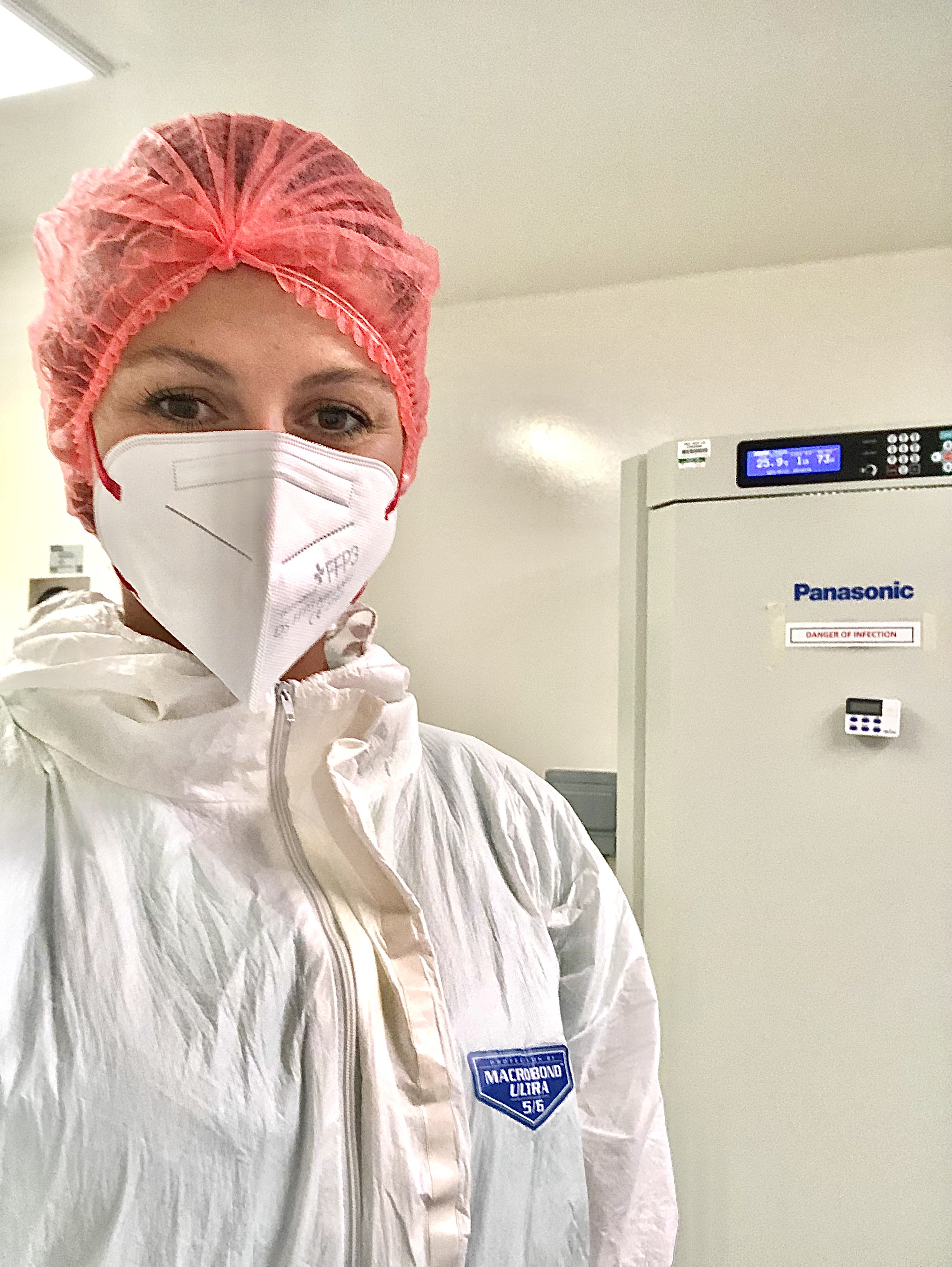Leishmaniases are the second most important parasitic disease in the world after malaria. They are a complex of diseases caused by different species of parasitic protozoa of the genus Leishmania, transmitted to humans by tiny biting insects called sand flies. Some species of Leishmania cause visceral leishmaniasis, which attacks the lymph nodes, spleen, and bone marrow, killing tens of thousands of people annually. Other species cause cutaneous leishmaniasis, which results in ulcers and lifelong scars. The World Health Organization estimates that hundreds of thousands of people fall ill with the cutaneous form of the disease each year.
"I would like to emphasize that our participation in this international project and publication are the results of long-term efforts," says Professor Petr Volf, head of the Laboratory for Biology of Insect Vectors at the Department of Parasitology, Faculty of Science, Charles University. "Experimental infections of sand flies with leishmaniases, crucial for vaccine development, were introduced by my colleague Jovana Sádlová and myself in the 1990s. Our first joint publication on this topic dates back to 1997."
Professor Volf's team studies the biology of sand flies, the development of Leishmania in this vector, and the transmission of the infection to vertebrates. Their research focuses on the molecular basis of interactions between the parasite, its insect vector, and the host. Over the years, they built a laboratory and insectarium, gaining international recognition. Their expertise led to an invitation to join the Leish Challenge by colleagues from England who realized they could not find a more suitable and competent laboratory in Europe. "Research like ours is a long haul. It takes decades to reach the top international level. Now we are reaping the results of what we started more than a quarter-century ago," recall Petr Volf and Jovana Sádlová with a smile.
Treating leishmaniasis is difficult, so scientists are developing prophylactic vaccines to prepare the immune system and prevent the disease. However, studying the success of such vaccines in natural conditions is extremely challenging. "Newly infected patients tend to be scattered in villages. You would have to vaccinate thousands of people in different villages and leave the other half unvaccinated. Such tests are difficult from ethical, financial, and time perspectives," explains Petr Volf. Therefore, human volunteer tests, known as the Controlled Human Infection Model (CHIM), are conducted for vaccine development; vaccines against malaria and Dengue fever have been already tested this way.
The Leish Challenge was funded by a UK grant agency and led by the University of York, specifically the Centre for Immunology and Infection, led by Professor Paul Kaye. In addition to Charles University, the Hebrew University of Jerusalem also collaborated on the research project. The project had several stages. The first step involved isolating suitable strains of Leishmania major from patients in Israel, sequencing their genomes, and characterizing their pathogenic effects in mice. The team from Charles University studied the development of these strains in sand flies and mice and tested the possibility of transmission to mice by infected vectors. This part of the research was published in 2021 in the prestigious journal Nature Communications.

Parallel recruitment of volunteers took place in York. "Human volunteers were tested in England. It is difficult to do a similar study in Africa or the Middle East, mainly because of ethical and logistical complications, but also because people in those areas may have already experienced leishmania infection. Moreover, medical research on human volunteers was already predicted forty years ago by Monty Python in the film The Meaning of Life," says Petr Volf, adding a touch of humour to the serious topic. Paradoxically, the comedy group Monty Python set their story in Yorkshire.
As part of the development of a vaccine against leishmaniasis, scientists worked with a milder cutaneous variant of the disease. Interestingly, they had to be infected by an infected sand fly, not a syringe. In fact, the vector and its saliva have been shown to elicit a very specific immune response in patients. Thus, if experimental animals were infected with a syringe, they would be protected from transmission of leishmaniasis by the syringe, but not from transmission by the sand fly.
Another task of the research team from the Faculty of Science, Charles University was to optimize the method of how to make uninfected sand flies bite humans while minimizing any discomfort for the volunteers. The ideal solution was a bracelet containing a hollow chamber into which sand flies were released and could bite on their forearms for half an hour. The new method was first tested by Barbora Vojtková, one of the co-authors of the new paper, who became the "face of the project" and thus contributed significantly to the successful recruitment of volunteers in York.
"My colleagues then accompanied a consignment of sand flies to the York lab where we conducted a leishmania infection for the experiment with human volunteers. The infected sand flies could not be allowed to travel," says Petr Volf. The experiment used a Leishmania strain that developed best in sand flies and was successfully transmitted to the experimental mice. Ten days after the sand flies were infected, the volunteers were exposed to them and the course of the infection was monitored. "A critical part of the experiment was to keep the sand flies alive long enough, to properly infect them experimentally, and then to get them to bite a second time on volunteers. This was successful in more than 80% of the cases, with a vast majority of bitten people developing an infection suitable for various immunological tests," said Petr Volf. Colleagues from England and Israel followed the development of the skin lesion, took microbiopsies for histological purposes and studied the expression of cytokines and interleukins (proteins involved in the immune response) in the skin lesions.

Professor Volf's team is involved in more than just developing a leishmaniasis vaccine. They have established numerous international collaborations and, just at the time of writing this press release, have received news of the acceptance of another significant paper for publication in Nature Communications. This paper describes the mechanism of Leishmania attachment to the sand fly gut and identifies the proteins responsible for this interaction. This finding represents another crucial contribution to understanding the transmission of this serious parasitic disease and its potential treatment.
The Leish Challenge project: https://leishchallenge.org/
The Laboratory for Biology of Insect Vectors: https://web.natur.cuni.cz/parasitology/volfweb/eng_introd.html
The original article: https://www.nature.com/articles/s41591-024-03146-9





















